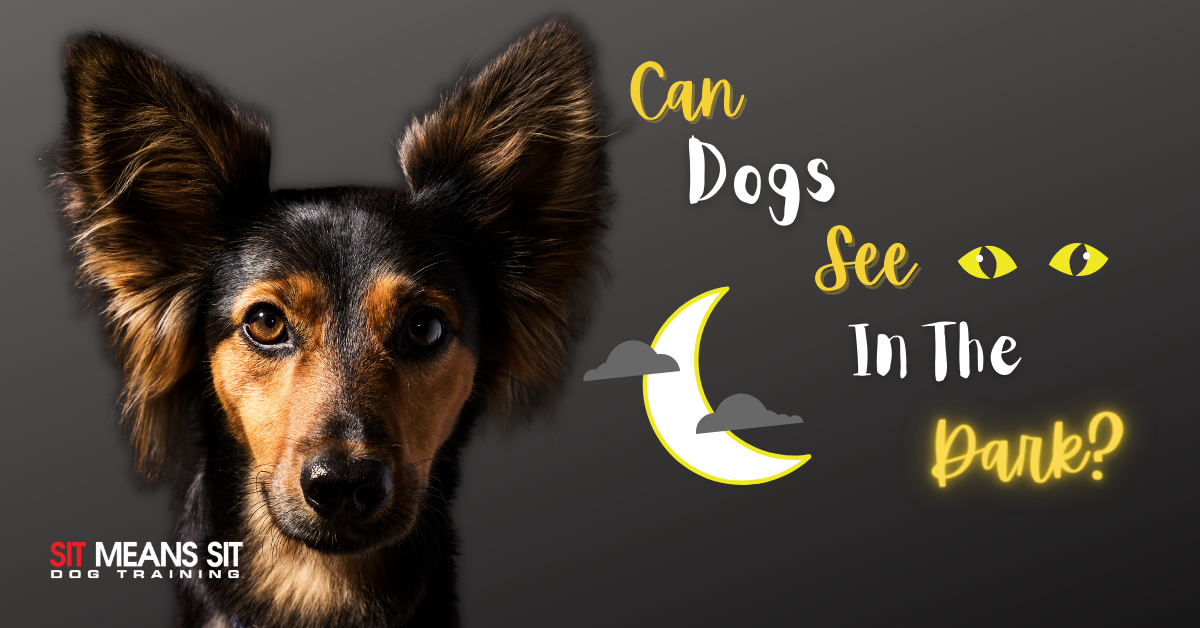
Can My Dog See in the Dark?
You may have noticed that your dog’s eyes glow in the dark, but can they see in the dark? Dogs are known for their keen sense of smell, but what about their eyesight? Dogs actually have a harder time seeing colors than humans (yellows and blues), detect objects at shorter distances, and have a lot poorer depth perception (30-60) than humans (140 degrees). But when it comes to dark vision, dogs’ eyesight passes with flying colors compared to the human eye!
Our understanding of dogs’ vision comes from the evolution of wild canines. Wild canines are considered crepuscular, which means they did most of their activities at dawn or dusk. The ability to see in the dark comes from the need to see movement in dim or dark light to hunt or hide from predators. As dogs evolved to domesticated animals, they kept the ability to see in the dark!
The Canine Eye
Ever notice how your dog can quickly recognize something passing by on your nightly walk? Dogs can spot movement easier and quicker at night than humans. Dogs have a large amount of light-sensitive rods in their retinas. These rods collect dimmer light, allowing dogs to have better night vision.
Tapetum Lucidum is a layer of reflective cells behind a dog’s retina. These cells reflect light that enters and allows the eye to adjust how they see at a darker light level. Tapetum Lucidum helps to magnify low light conditions to give dog’s the ability to better detect objects.
Flicker Fusion Frequency (FFF) changes the rate at which dogs perceive frames of light. The faster an animal has to move, the quicker its FFF level is to be able to detect images faster. This allows dogs to detect movements at a faster frame than humans.
Most dogs also have wider set eyes on their heads, which gives them a better range of vision to scan an environment efficiently.
Glowing Eyes
Is there a reason your dog’s eyes glow a yellow-green at night when light hits them? What you see in pictures of your dog’s glowing eyes is the tapetum lucidum! As light is reflected back, colors can vary from yellow, green, blue, or orange tint. This color develops and changes over your pup’s first 3 months of life.
Fun fact, some dogs (blue-eyed usually) don’t have a tapetum, so they will instead reflect a red-eye reflection to light and flash at night! The color comes from the blood vessels behind the eyes that are reflected with the light.
Why Do We Care?
Understanding your pooch’s vision will help with being able to train and do specific activities with your dog! Working dogs are also bred and trained based on how their vision can perform in various environments. For example, service dogs must be able to have a wide peripheral and excellent vision in different circumstances to guide and protect their owners.
